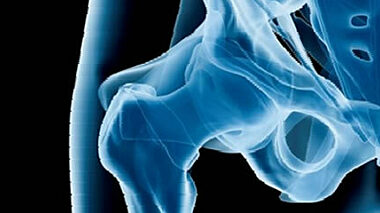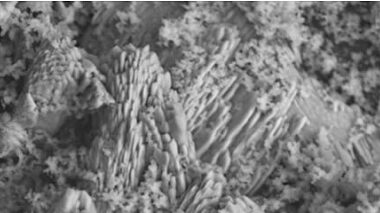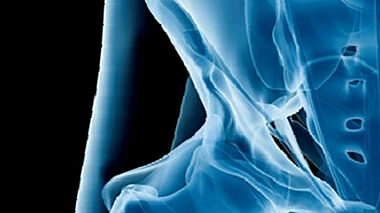Medical Device Hydroxyapatite (HA) Coating Validation
We perform validation of in-house and third party hydroxyapatite coatings for medical devices to help with 510(k) regulatory submissions. If you're new to the process or making changes to your existing coating processes then we will perform all necessary validation testing with a fast turnaround.
Lucideon has analysed and evaluated numerous porous surfaces according to FDA guidelines, including plasma sprayed, sintered beads, and additive manufactured surfaces.

Some of our most popular tests include:
- Coating thickness
- Surface roughness
- Porosity (including size and shape)
- Crystallinity
- Solubility product
- Adhesive/cohesive strength
- Particle or grain size/morphology
- Chemical composition/ratio
- (Micro)hardness
- Oxide content/oxidative state
- Residual particulate analysis
HA and other bioceramic coatings provide a porous and bioactive surface that allows better bone integration with your devices. Effective and robust coatings are important to provide optimal performance. Our experts can provide detailed analysis and method development to ensure your coating applications are consistent and adequate. We can measure the chemical, mechanical, and microstructural properties of the materials - validating both the process and the product for regulatory submissions.
Many medical devices employ porous coatings in order to stimulate better integration with the body. Ensuring these coatings conform to regulatory standards is critical to getting your product approved by the FDA.
Lucideon's experts are represented on a number of relevant committees including BS CH/150 Implants for Surgery and BS CH/150/SC1 Materials for Surgical Implants as well as ISO committees; TC 150 (Implants for Surgery), TC 150/SC1 (Materials for Surgical Implants), TC 150/SC1 WG3 (Materials for Surgical Implants – Ceramics) and TC 150 WG7 (Implants for Surgery – Coatings).
Our experts are also highly experienced in sample preparation, sectioning, mounting, polishing, and etching.



